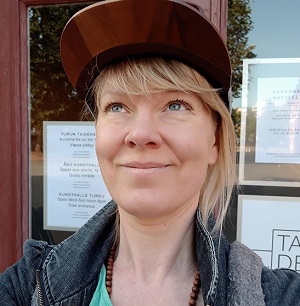
Key information
Explore the people, research centres and partner organisations behind this project.
Institutes and centres
Art, Design and Media Research Centre Culture and Creativity Research InstituteGet in touch
Contact the ADMRC to discuss facilities, partnerships, doctoral research and more
Email ADMRCFemale anatomy








Key information
Explore the people, research centres and partner organisations behind this project.
Institutes and centres
Art, Design and Media Research Centre Culture and Creativity Research InstituteGet in touch
Contact the ADMRC to discuss facilities, partnerships, doctoral research and more
Email ADMRCPublications
Koski, K., Heyning, F. & Zwijnenberg, R. (2016), Collaborative meaning-making in arts-based research: Data interpretation with an artist, a physician, and an art historian,in Art/Research International: A Transdisciplinary Journal, 1(1):234-257.
Koski, K. (2014) Not to scale at all. Animation, 10’09”. Medical students’ drawings of the female reproductive system, Estonian Museum of Applied Arts, Tallinn. Curated exhibition Rhizope.
Koski, K. (2012), Bodytrace, Interactive online training for anatomy drawing

